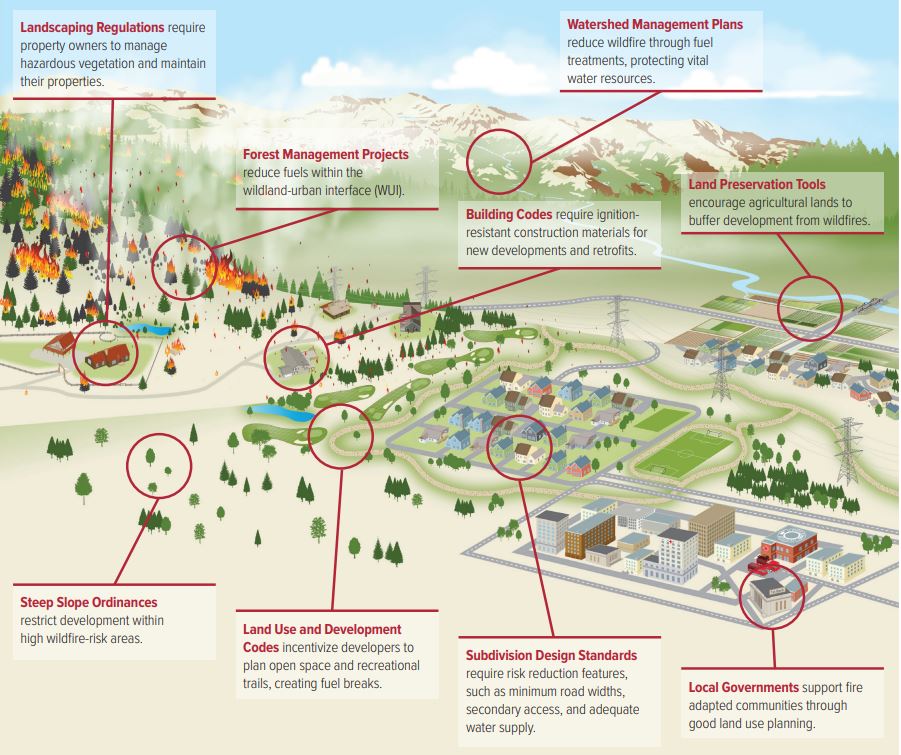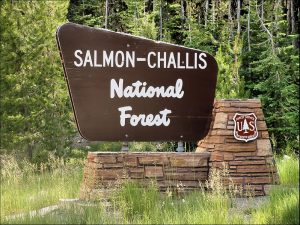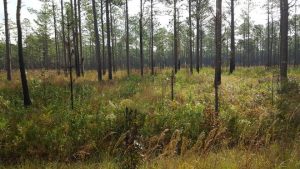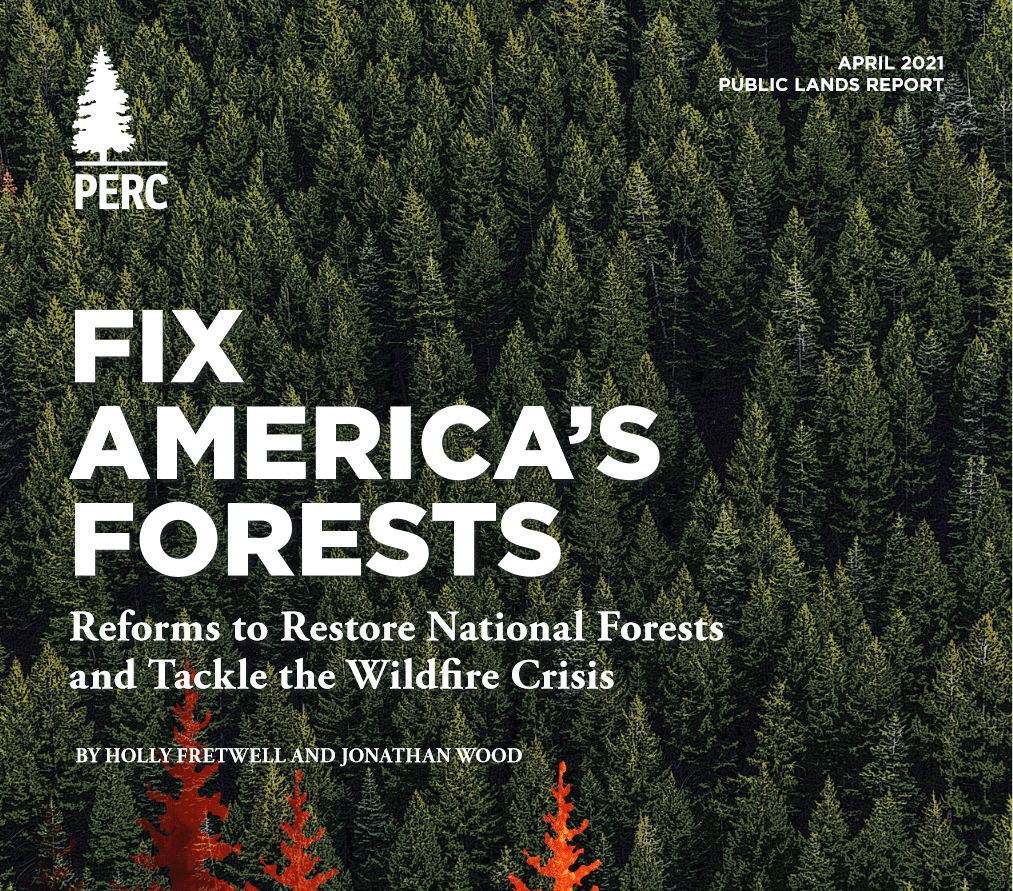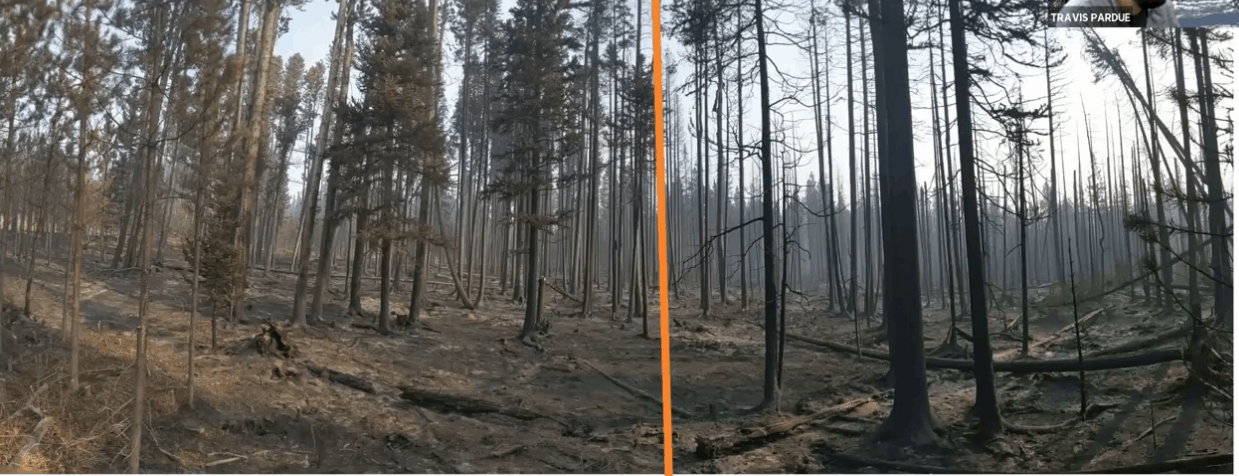
We picked this up in the High Country News, but it was originally published in The Food and Environment Reporting Network. Since that organization is based in New York, and Dr. Hanson is based in California, we might expect a somewhat Coastalist perspective. That is, folks who want to do fuel mitigation treatments to help with fire suppression efforts motives are really are all about making money from logging. Of course, there is no market for the products for many of these treatments on private or federal lands in, say, Colorado or New Mexico, so that argument on its surface wouldn’t fly in many places.
So let’s look at this book review (the book was published by the University of Kentucky Press) and the claims therein (with the caveat that this is a review, and perhaps those are the reviewer’s words and not Hanson’s):
But the logging industry and those who stand to benefit from it – especially the U.S. Forest Service, which pockets most of the profit from its timber sales and “functions like a logging corporation,” Hanson argues – have long been preying on society’s pyrophobia, pedaling a host of now popular myths to garner support for additional logging on both public and private lands. For example, “thinning” is often promoted as a means of reducing the fuel load in supposedly “overgrown” forests, thereby decreasing both the likelihood and intensity of wildfire. And yet extensive research has proven otherwise.
“Thinned forests often burn more intensely in wildland fires,” he writes, “because thinning reduces the windbreak effect of denser forests, allowing winds to sweep through more rapidly, while also reducing the shade of the forest canopy and creating hotter and drier conditions.”
In fact, the deadliest wildfire in California history, the notorious Camp Fire of 2018, began on several thousand acres that had been heavily logged – thinned in some areas, clear cut in others — following a lightning fire in 2008.
I especially like the idea of the Forest Service functioning like a “logging corporation” despite the best intentions of the Clinton, Obama and now Biden Administrations.. who, whoops, just offered this testimony about increasing fuel treatments a few weeks ago. Clearly the FS must be telling political appointees what to do.. or, more likely, environmental NGO’s who have the ear of political appointees disagree with Dr. Hanson.
Hanson keeps saying this, despite peoples’ experiences of fuel treatments working, and of places where material is not sold, (such as the PODs or any of the other voluminous information about fuel treatment effectives, both research studies and monitoring).
Given that, it strikes me that “ecological hate speech” is an interesting characterization:
“A kind of ecological hate speech has developed around the issue of wildland fire and forests,” Hanson writes, “and it is perpetuating the removal of massive amounts of carbon from forests worldwide under the banner of benign or benevolent-sounding terms, exacerbating climate change, and pushing at-risk wildlife species and ecosystems closer to the brink.”
Perhaps in the writing of the day, you can’t disagree with other people anymore.. you must “debunk the myths” of what they’re saying. Yawn. And you don’t disagree with other people, if they say something you disagree with, they are engaging in “hate speech.” And if people disagree with you, their claims must be “spurious.”
The vitriol ramps up and the opportunity for rich discussion and finding areas of commonality ramps down.
“Nor can fires be stopped by fire suppression tactics during extreme weather, regardless of how much money is spent or how many firefighters and water tankers are employed. In the era of climate change, we can no more stop weather-driven fires than we can stand on a ridge and fight the wind,” he adds.
I’d argue that these claims may only seem compelling to people who don’t live in areas likely to be impacted by wildfires.

